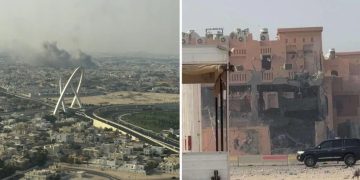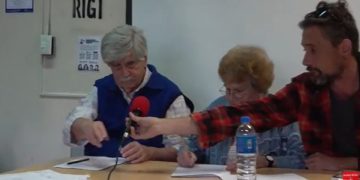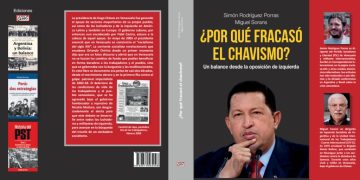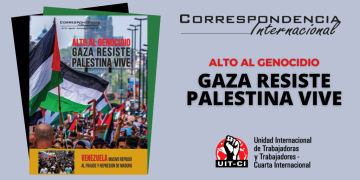 Socialist Workers’ Movement of the Dominican Republic (IWU-FI section)
Socialist Workers’ Movement of the Dominican Republic (IWU-FI section)
Between late September and mid-October 1937, took place the worst racist massacre of the 20th century the region, the Trujillo campaign of ethnic cleansing against the Haitian and Dominican community of Haitian descent in the Dominican Republic’s border with Haiti. Although there are no precise figures on the number of people killed, due to the Dominican State’s policy of concealment, it was a massacre in which hordes of military, police and civilians participated, some of them released from jails to join paramilitary gangs. Thousands of bodies were thrown into the sea or buried in common graves. Joaquín Balaguer, the dictatorship’s foreign minister at the time of the massacre, estimated that 17,000 people were killed. There are records that executions of Haitians continued until mid-1938. In an agreement supported by the US government, the Dominican State payed a symbolic compensation of 550 thousand dollars to the Haitian State, the equivalent of approximately 9 million dollars today. However, the Dominican State has never fully assumed its responsibility, and the massacre is not officially commemorated.
Among the antecedents of the barbarism unleashed by the pro-US and anti-communist dictatorship of Trujillo is the signing of a bi-national treaty for the delimitation of borders, criticised by sectors of the right wing that considered it gave away territory. A massive campaign of deportations of Haitian immigrants was also carried out by the regime and racist programs promoting immigration of Europeans were implemented to «whiten» the border area. All this in the framework of the promotion by the bourgeoisie of a philohispanic and anti-Haitian ideology since the 19th century. Trujillo gave a speech on October 2 in the city of Dajabon in which he gave the ongoing massacre a connotation of revenge for alleged cattle rustling from Dominican owners. Also assumed in official documents of the dictatorship is the fascist doctrine of «peaceful invasion», a conspiracy theory according to which Haitian immigrants were carrying out a secretly concerted invasion. Intellectuals who supported the dictatorship were direct apologists for the massacre, like the racist Peña Batlle, with arguments of «racial purification». Today, leaders of the system’s main political parties, and not just the extreme right, continue to use the discourse of the «peaceful invasion» to justify measures like depriving thousands of Dominican people of Haitian descent of their nationality, demanding or justifying massive deportations and human rights violations, as well as the violation of the labour rights of Haitian immigrant workers. Both because of the dimension of the Trujillo genocide against Haitians and Dominicans of Haitian descent, and because of the permanence of racist and xenophobic state policies and discourse, the official commemoration of the Parsley Massacre, also known as El Corte (The Cut), is a basic democratic demand. Many elements of the racist ideology and discourse that fuelled the genocidal campaign continue to be employed by right-wing politicians and Dominican government authorities to this day. Lynching against Haitians almost always go unpunished, demonstrating that successive governments’ commitment to racism and xenophobia remains intact. Haitian immigration continues to be stigmatised as a burden on public services or state social assistance in the mainstream media. Cyclically there are violent and arbitrary deportation operations, extortion and theft by the police and military against immigrants are permanent. At situations of political or economic difficulty, the cuckoo of Haitian immigration is used to distract the Dominican people, feeding racist and xenophobic hatred. With this ideology, the ruling class is trying to poison the people so they will not recognise their real oppressors and those who exploit and steal from them every day, the capitalists and their governments. That is why it is so important today to rescue historical memory and destroy the residues of the Trujillo regime.
It is a mistake to dissociate the anti-racist struggle of Dominican people, of Haitian descent or not, from the anti-racist struggle of Haitian immigrants and their respective organisations. Beyond the specific forms in which official racism affects different sectors, the anti-racist struggle must be one, to divide it is to weaken it. The 1937 massacre was a crime against the Haitian immigrant community, the Dominican community of Haitian descent, and also against political dissidents and people who opposed the genocidal campaign. The regime used the massacre to terrorise the entire Dominican people. Today we must unite all Dominicans and immigrants who defend human dignity and human rights in the fight against racism. The demand that the 1937 massacre be officially commemorated is part of that struggle.












































